Red Leaf Palm Information – Learn About Growing Flame Thrower Palms
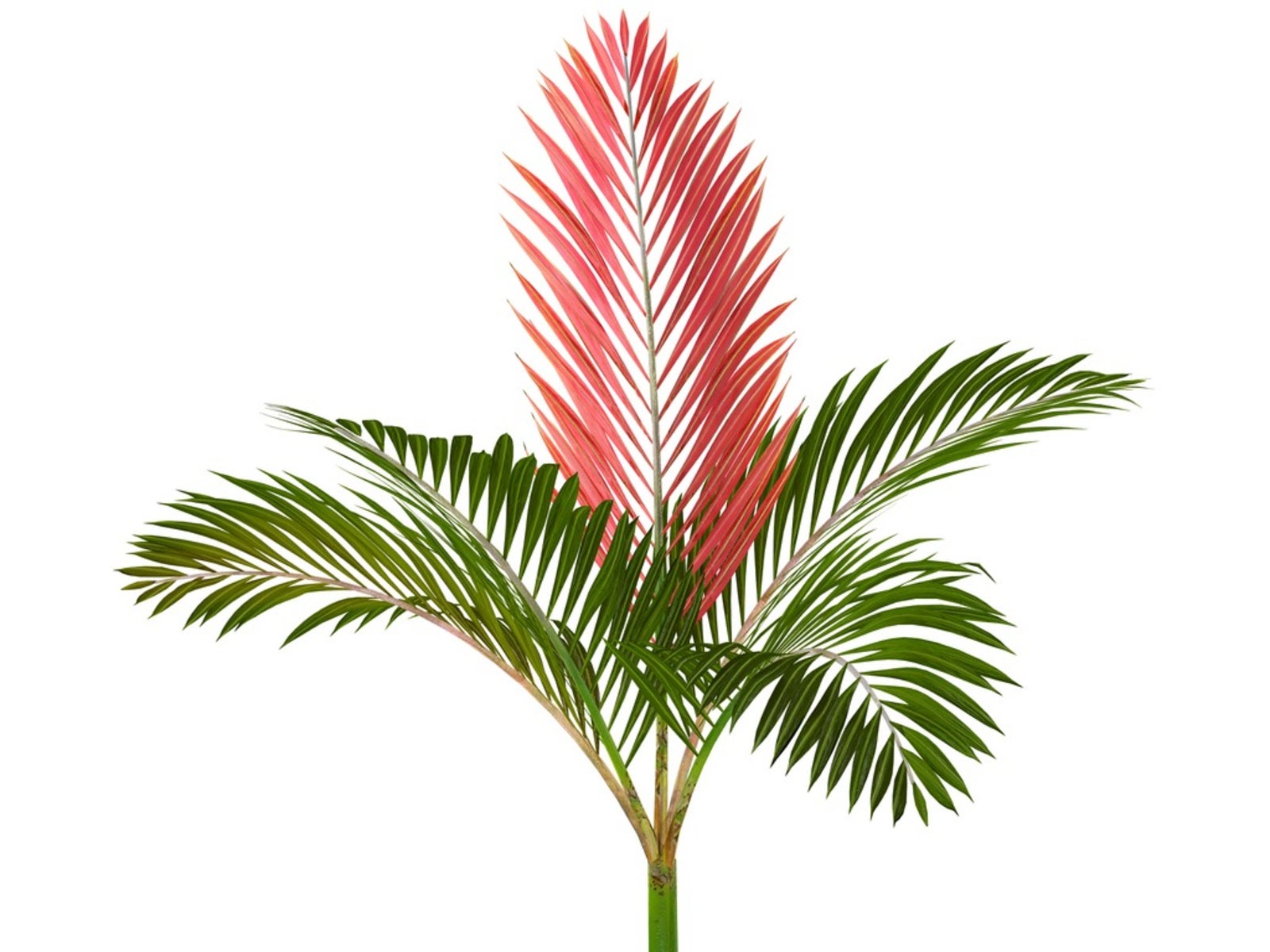

Images of palm trees are often used as symbols of relaxing beach life but that doesn’t mean the actual tree species can’t surprise you. Flame thrower palms (Chambeyronia macrocarpa) are exotic and beautiful trees with new leaves that grow in scarlet. Red leaf palm information tells us these trees are easy to grow in warm climates, cold hardy to below freezing, and considered a “must have palm” by many homeowners. If you’re thinking of growing these trees read on for information including tips on red leaf palm care.
Red Leaf Palm Information
Chambeyronia macrocarpa is a feathery palm tree that is native to New Caledonia, an island near Australia and New Zealand. These extremely attractive and ornamental trees grow to 25 feet (8 m.) tall with leathery leaves some 12 feet (5 m.) long.
The claim to fame of this exotic palm is its eccentric coloration. The new leaves on many specimens grows in vivid red, remaining red for up to ten days or longer as the trees get older. Their mature leaves are deep green and arch dramatically.
Crown Shafts of Flame Thrower Palms
Another ornamental feature of these palms is the swollen crown shaft sitting above the ringed trunks. Most crown shafts are green, some are yellow, and some (said to have the “watermelon form”) are streaked with yellow and green.
If you wish to grow these palm trees for the red leaves, select one with a yellow crown shaft. From red leaf palm information, we know this type has the highest percentage of new leaves that are red.
Red Leaf Palm Care
You don’t have to live in the tropics to start growing red leaf palms, but you do have to live in a mild to warm region. Flame thrower palms thrive outdoors in USDA plant hardiness zones 9 through 12. You can also grow them indoors as large container trees.
The trees are surprisingly cold hardy, tolerating temperatures down to 25 degrees F. (-4 C.). However, they won’t be happy in hot dry conditions and prefer warm coastal areas like Southern California to the arid Southwest. You can do well growing red leaf palm trees in full sun on the coast but opt for more shade the farther you are inland.
Gardening tips, videos, info and more delivered right to your inbox!
Sign up for the Gardening Know How newsletter today and receive a free copy of our e-book "How to Grow Delicious Tomatoes".
Appropriate soil is an important part of red leaf palm care. These palms need rich, well-draining soil. In full sun the palms need irrigation every few days, less if planted in shade. You won’t have many pests to deal with when you are growing red leaf palm trees. Any scale bugs or whiteflies will be kept in check by predator bugs.

Teo Spengler is a master gardener and a docent at the San Francisco Botanical Garden, where she hosts public tours. She has studied horticulture and written about nature, trees, plants, and gardening for more than two decades. Her extended family includes some 30 houseplants and hundreds of outdoor plants, including 250 trees, which are her main passion. Spengler currently splits her life between San Francisco and the French Basque Country, though she was raised in Alaska, giving her experience of gardening in a range of climates.
-
 Looking For Plants To Give You The Soft And Fuzzies? Try These 5 Fuzzy Leaf Plant Options
Looking For Plants To Give You The Soft And Fuzzies? Try These 5 Fuzzy Leaf Plant OptionsLovers of texture, drama, silver foliage and tactile plants will adore these special sensory garden additions. These fuzzy leaf plant options will leave you all aglow
By Susan Albert
-
 Get Ready For A Summer Of Hummers! Grow These Full Sun Hummingbird Plants and Flowers
Get Ready For A Summer Of Hummers! Grow These Full Sun Hummingbird Plants and FlowersIf you’re lucky enough to enjoy a sunny backyard, make sure you are maxing out on your pollinator opportunities and grow these full sun hummingbird plants and flowers
By Tonya Barnett
-
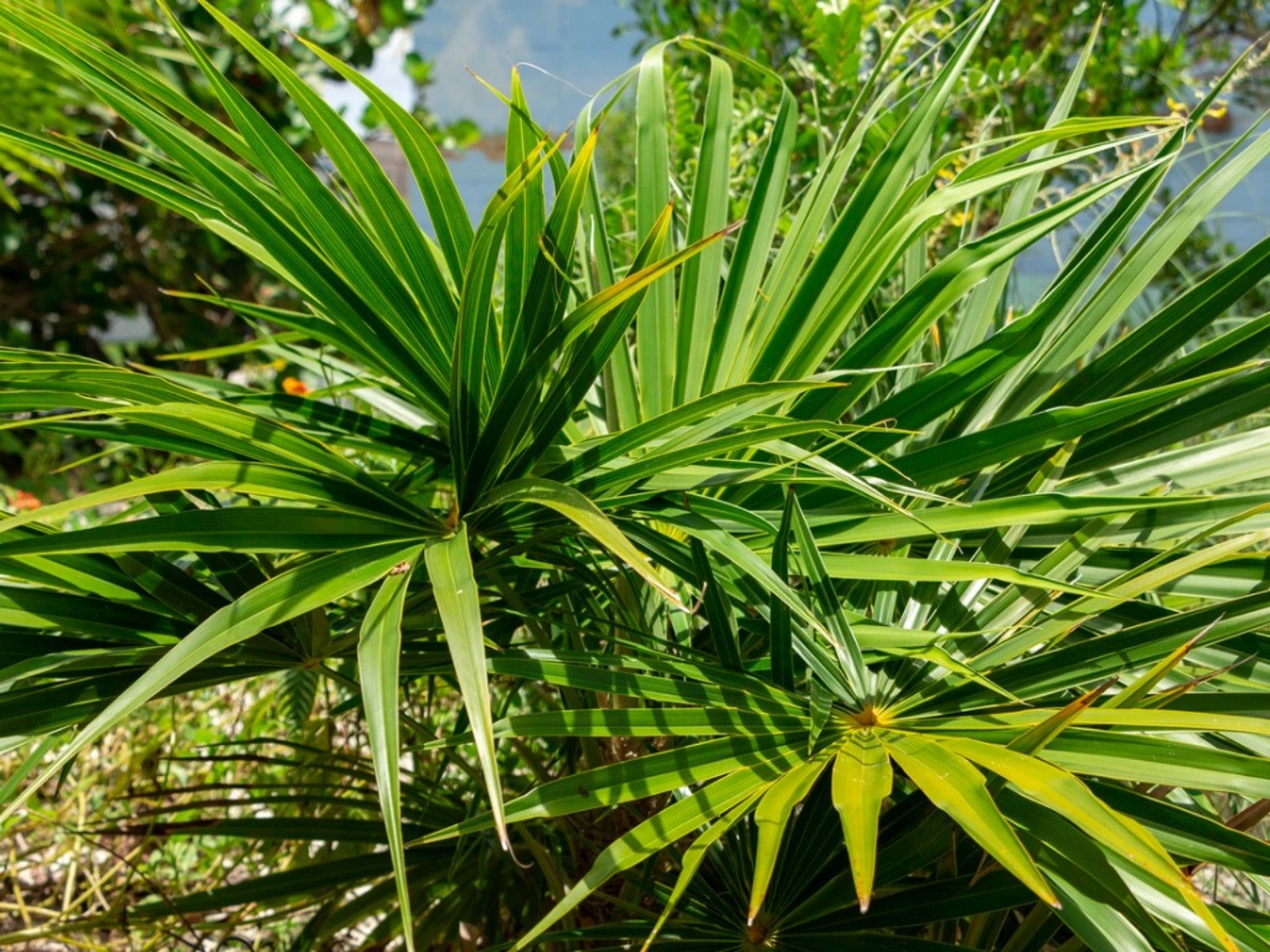 Florida Thatch Palm Facts – How To Grow Florida Thatch Palm Trees
Florida Thatch Palm Facts – How To Grow Florida Thatch Palm TreesGrowing Florida thatch palms is not difficult in the right climate. If these trees interest you, read on for more Florida thatch palm facts.
By Teo Spengler
-
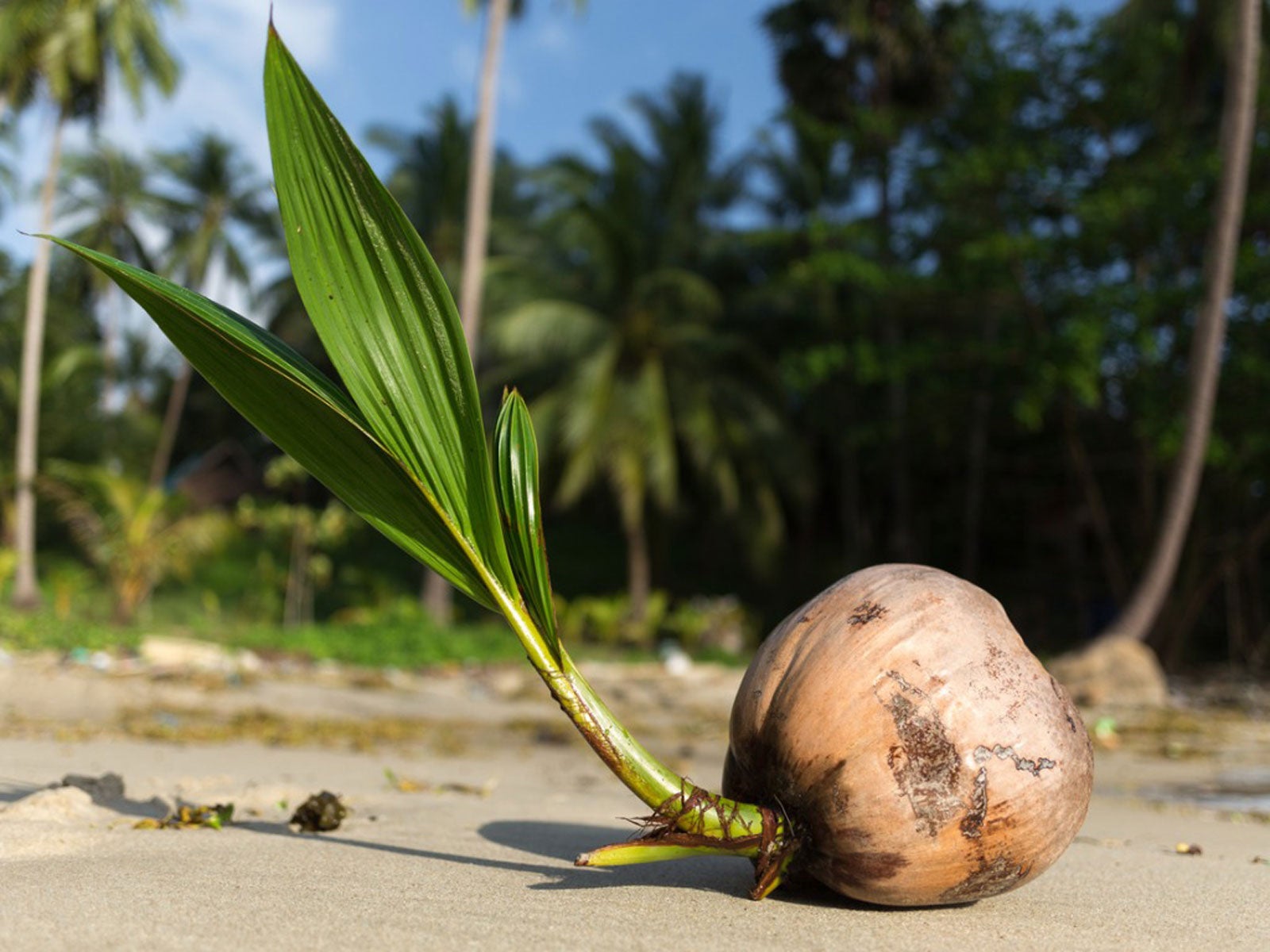 Palm Tree Seed Germination: What Does A Palm Tree Seed Look Like
Palm Tree Seed Germination: What Does A Palm Tree Seed Look LikePalm tree seed germination is not a matter of weeks but months or even years. Click here for more information on growing palms from seed.
By Teo Spengler
-
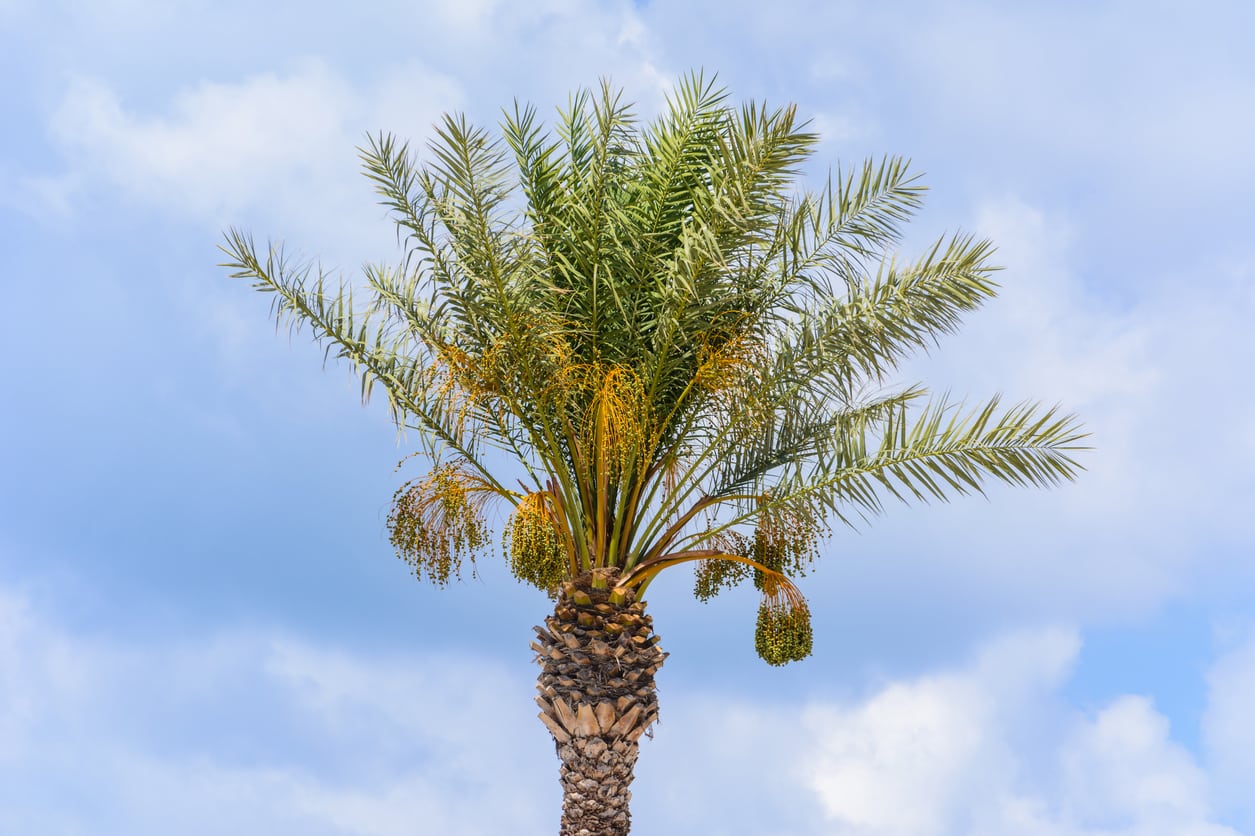 Feeding A Palm Tree: Learn How To Fertilize Palms
Feeding A Palm Tree: Learn How To Fertilize PalmsPalm trees are planted as specimen plants for their exotic, tropical look. However, palm trees have high nutritional demands and the calciferous, sandy soil they’re normally grown in cannot always accommodate these needs. Click here to read more about fertilizing palm trees.
By Darcy Larum
-
Pink Rot On Palms: Tips For Treating Palms With Pink Rot Fungus
Pink rot fungus is a palm tree disease that infects damaged or weakened palms. Like many fungi, it is easier to prevent than it is to treat. Here are some tips on dealing with pink rot on palms. Click this article to learn more.
By Jackie Carroll
-
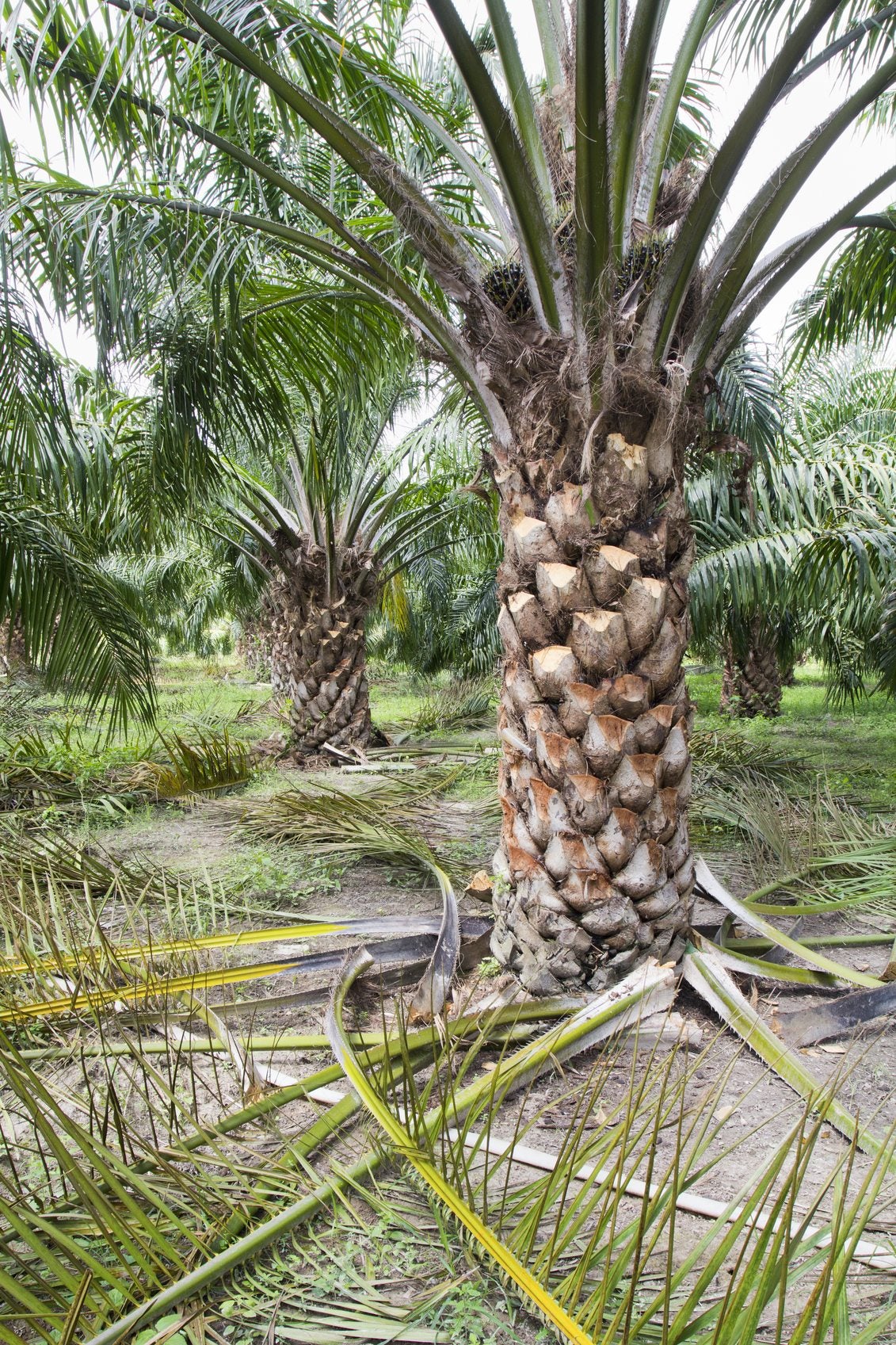 Pruning Palm Plants: Tips On Cutting Back A Palm Tree
Pruning Palm Plants: Tips On Cutting Back A Palm TreeCutting back a palm tree will not make it grow faster. This myth has caused gardeners to do extensive palm tree pruning that doesn't help and can hurt the tree. If you want to know how and when to prune a palm tree, this article will help.
By Teo Spengler
-
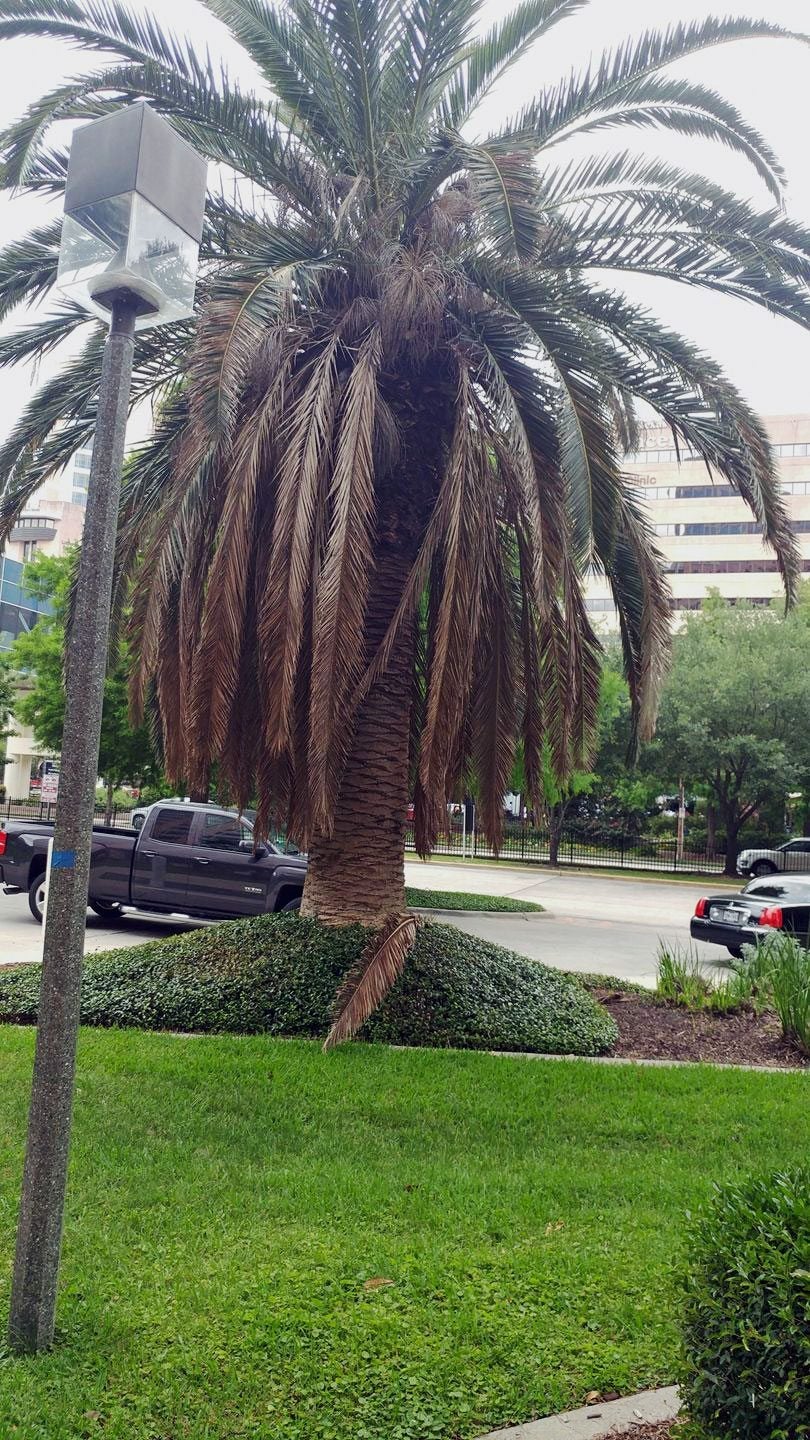 Palm Tree Dropping Fronds: Can You Save A Palm Tree Without Fronds
Palm Tree Dropping Fronds: Can You Save A Palm Tree Without FrondsThere are a number of reasons for palm tree fronds falling off, from natural "cleaning" to damaging cultivation, disease, and pest issues. If there are no fronds on a palm tree, the plant may be in real trouble but it is possible to still save it. Learn more here.
By Bonnie L. Grant
-
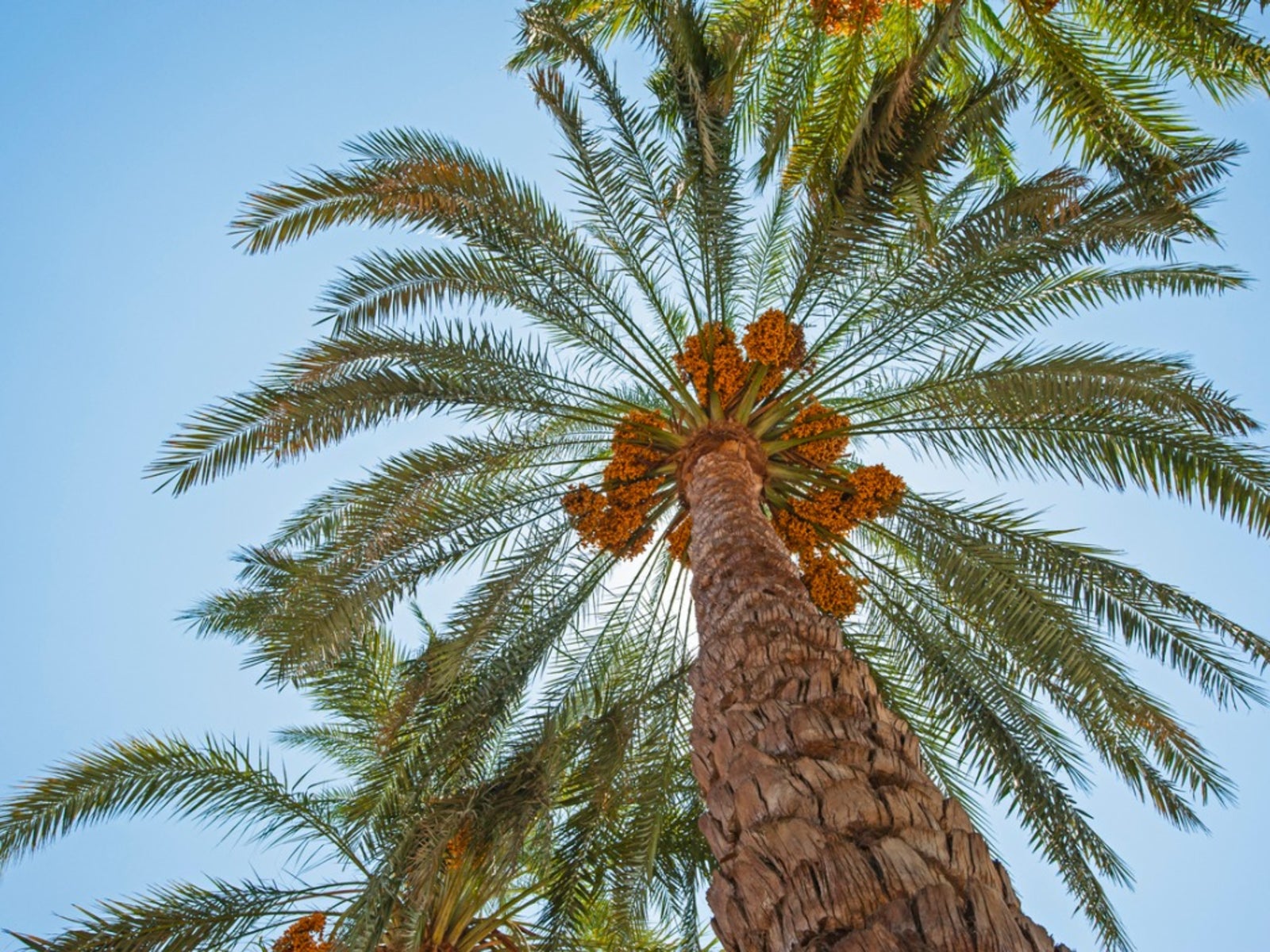 What Is Lethal Yellowing Disease: Learn About Lethal Yellowing Of Palms
What Is Lethal Yellowing Disease: Learn About Lethal Yellowing Of PalmsLethal yellowing is a tropical disease that affects several species of palm. This disfiguring disease can devastate landscapes in South Florida that rely on palms. Find out about lethal yellowing treatment and detection in this article.
By Jackie Carroll
-
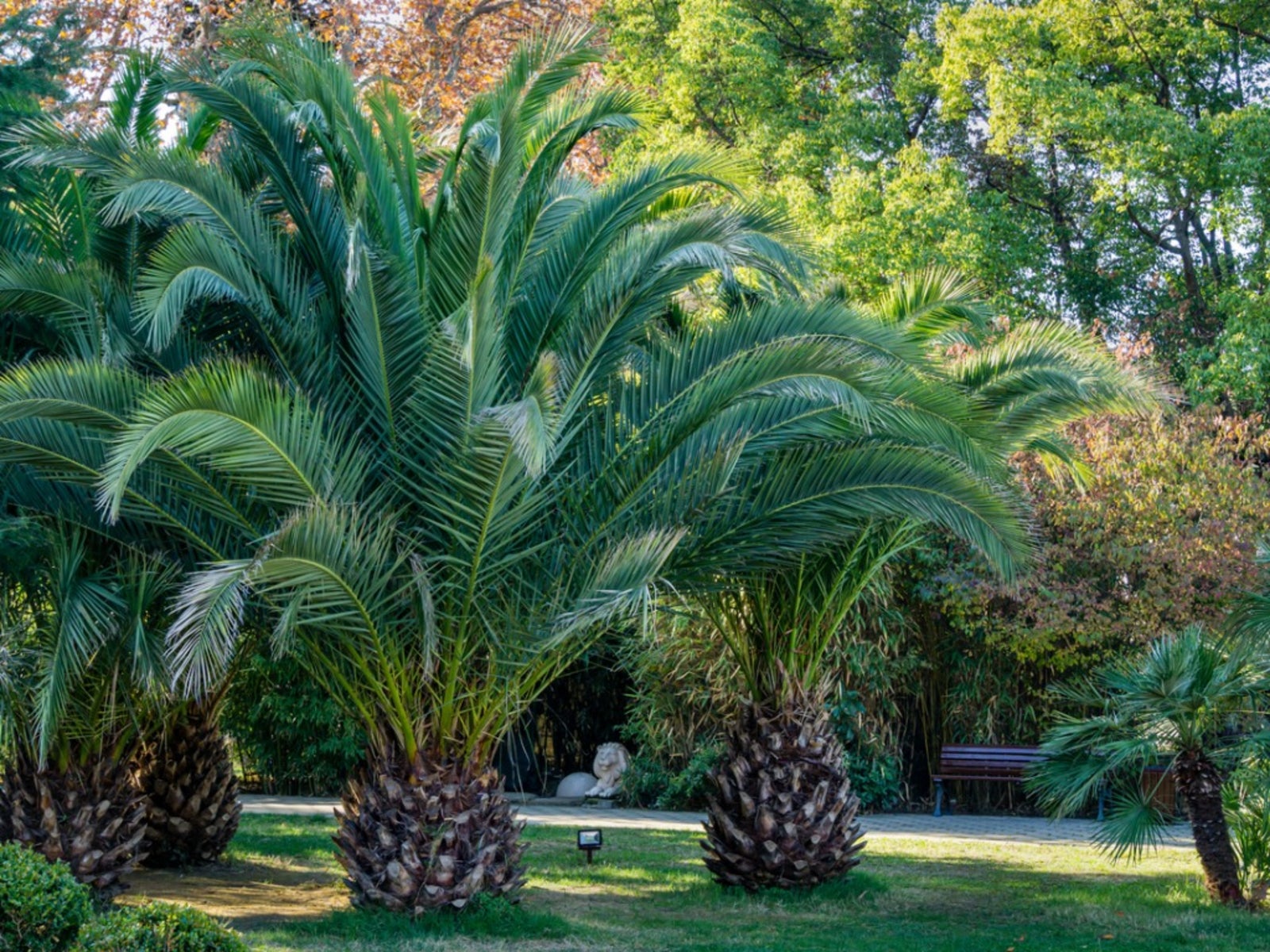 Palm Tree Fusarium Wilt: Learn About Fusarium Wilt Treatment For Palms
Palm Tree Fusarium Wilt: Learn About Fusarium Wilt Treatment For PalmsFusarium wilt is a common disease of ornamental trees and shrubs. Palm tree Fusarium wilt comes in different forms but is recognizable by similar symptoms. This article will help with its identification and treatment.
By Bonnie L. Grant